Peru is probably most well known for the city of Lima and the mountaneous Andean region. This impressive mountain system bisects the country from north to south. This South American nation is also the home to the indigenismo art movement. In this article, we will take a look at the 8 Most Famous Artists From Peru.
Daniel Morillo

Born on August 1, 1856, Daniel Morillo was a Peruvian painter known for his Academic style, spending most of his career in Paris. He was raised in Lima and he started his artistic training at fourteen under Leonardo Barbieri. He gained recognition with his rendition of the “Death of Socrates” in 1872, which earned him a grant to study in Europe.
Settling in Rome, Morillo honed his skills with artists like Marià Fortuny. Returning to Paris in 1883, he was active in various art societies and exhibited at the Salon. In 1912, he displayed his works in Montevideo, Buenos Aires, and Rome. Influenced by his brother’s position, he helped establish the “Escuela Nacional Superior Autónoma de Bellas Artes,” IN 1919, becoming its first director until he died in 1932.
José Sabogal
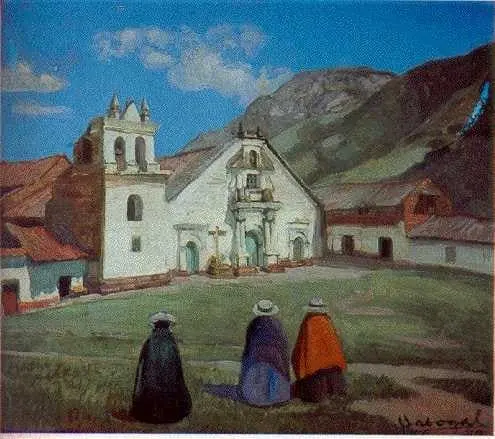
José Sabogal, a Peruvian painter and muralist, emerged as a key figure in his country’s early indigenist movement. As a leader of this movement, he earned recognition as its primary advocate. Although he had Spanish ancestry, Sabogal passionately championed pre-Columbian culture and aesthetics. His extensive travels across Europe and North Africa from 1908 to 1913, including significant time in Italy, were followed by enrollment at the National School of Fine Arts in Buenos Aires, Argentina, where he studied for five years.
A transformative six-month stay in Cuzco ignited his indigenism, leading him to focus on portraying the city and its inhabitants. In 1919, his Cuzco-themed artworks garnered acclaim during an exhibition in Lima, setting the stage for his influential career. A pivotal moment occurred in 1922 when Sabogal encountered prominent Mexican artists Diego Rivera, José Clemente Orozco, and David Alfaro Siqueiros, motivating him to promote Peruvian art to global audiences.
Teófilo Castillo
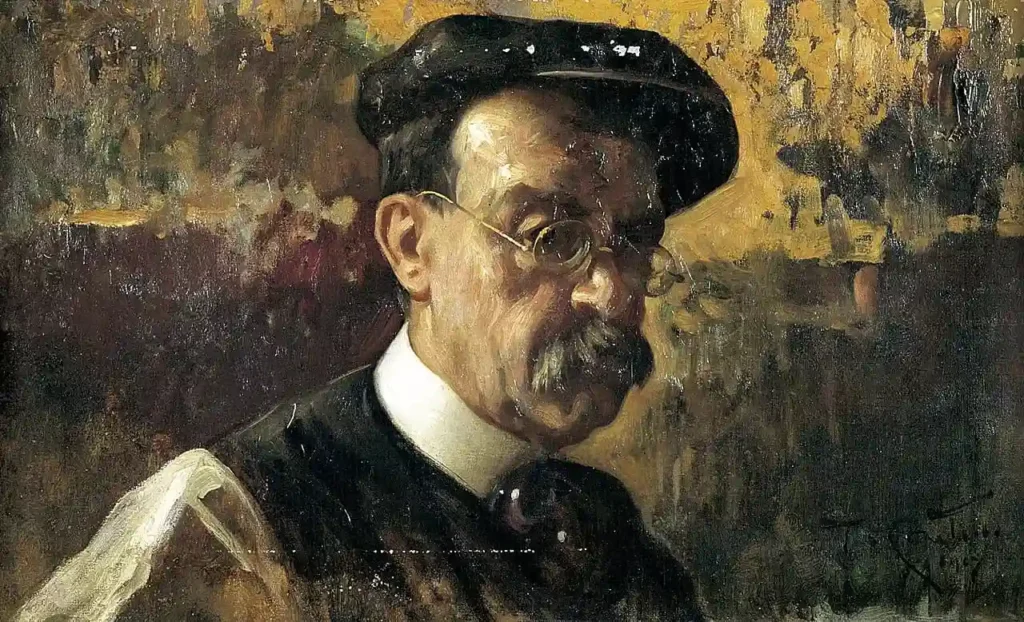
Teófilo Castillo was a Peruvian Impressionist painter, art critic, and photographer. Born on October 2, 1857, he initially studied at the Seminario de Lima before pursuing further education in Spain and France. Upon returning to Peru, he showcased his works influenced by Ricardo Palma’s Peruvian Traditions. In 1888, he relocated to Buenos Aires, working as a photographer alongside painting after his marriage. Castillo also served as an art critic and portrait painter, contributing to magazines like Prisma, La Ilustración Peruana, and Variedades.
Passionate about establishing the Escuela Nacional Superior Autónoma de Bellas Artes, Castillo endorsed Daniel Hernández Morillo as its first Director, though he himself was excluded from its staff. In 1920, disillusioned, he permanently left Peru for Tucumán. There, he edited Sol y Nieve magazine and created notable artwork including a significant canvas portraying Argentine General Manuel Belgrano.
Also Read: Panamanian Artists: 3 Most Famous Painters from Panama
Francisco Laso

Francisco Laso was a Peruvian painter and politician, who was initially famed for portraits but gained renown posthumously for his early indigenismo art. Born into an aristocratic colonial family, his father, Benito Laso, played a key role in Peru’s foundation and governance.
After attending public school and a brief law study in Lima, he joined the “Academy of Drawing and Painting” and later headed to Europe on the advice of his teachers. In 1843, he joined the studio of Swiss painter Charles Gleyre in Paris. His Italy visits in 1847 included exposure to the works of Titian and Paolo Veronese. Returning to Lima in 1849, he opened his own studio.
A government grant facilitated a second European trip in 1851, furthering his interest in indigenous themes. He settled in Arequipa in 1855, fulfilling requests for religious works. While aiding the Red Cross during a yellow fever outbreak, he contracted the disease and passed away on May 14, 1869.
Pablo Amaringo
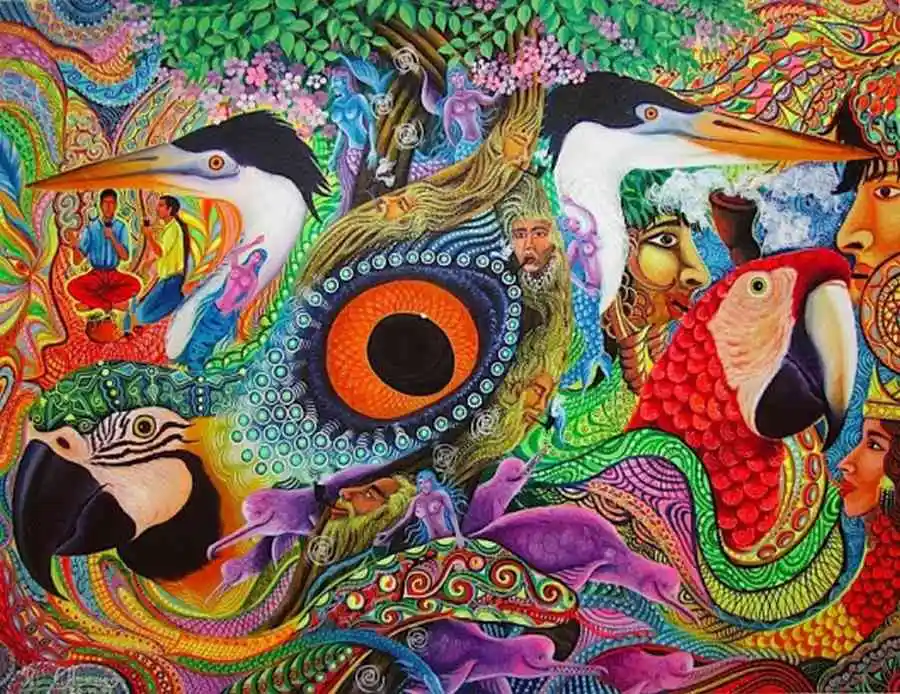
Pablo Amaringo, a Peruvian painter and healer, is renowned for his vibrant, ayahuasca-inspired artworks. At 17, he battled severe heart disease, confined to bed for over two years. A local healer administered ayahuasca, leading to a transformative recovery. This experience marked his rebirth, igniting his artistic journey. Pablo’s confinement prompted him to discover his talent for drawing.
Despite limited resources, Pablo Amaringo used pencils, soot, and even his sisters’ cosmetics on discarded cardboard for his creations. His paintings vividly portray ayahuasca visions with dazzling colors and symbolism.
Simultaneously working as a shaman and an artist, Pablo continued his Vegetalismo practice, painting, supervising ayahuasca retreats, and contributing to the Usko-Ayar painting school. His creative journey persisted until his passing on November 16, 2009, during which he was immersed in paintings of angels and depictions of Peru’s flora and fauna.
Diego Quispe Tito
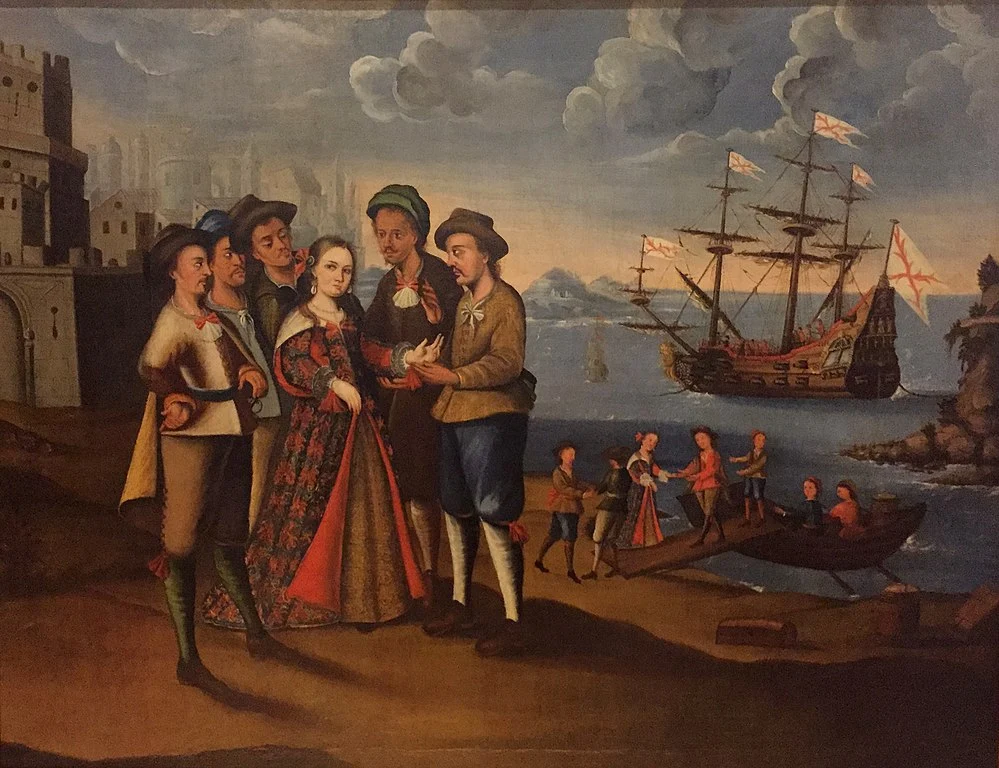
Diego Quispe Tito was a Quechua painter from Peru, who is renowned as the leader of the Cuzco School of painting. Born in Cuzco in 1611 to a noble Inca family, he spent his life in the San Sebastián district, with his house still bearing his coat of arms. Quispe Tito’s earliest known work is a 1627 Immaculate Conception, displaying the characteristic gilded style of the Cuzco school.
Influenced by Spanish Mannerism, Flemish painting, and possibly Italian Jesuit Bernardo Bitti, Quispe Tito’s masterpieces include the 1681 Signs of the Zodiac in Cuzco Cathedral, a series mirroring Flemish engravings but tied to Christ’s parables. His landscapes, teeming with birds and angels, showcased his unique touch.
Marcos Zapata
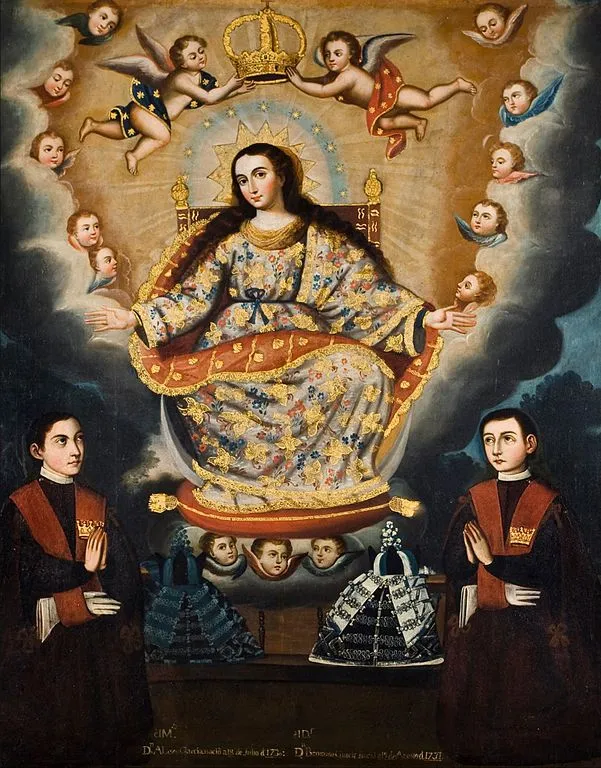
Marcos Zapata, also known as Marcos Sapaca Inca, was a Peruvian painter born in Cuzco. A member of the Cuzco School, which taught indigenous artists religious painting, Zapata integrated local elements into his works. Notably, his 1753 portrayal of the Last Supper features guinea pigs and chicha, reflecting his cultural context.
Zapata produced around 200 paintings between 1748 and 1764. Over two dozen depicted the life of Saint Francis of Assisi for the Order of Friars Minor Capuchin in Chile. Zapata’s style matured between 1748 and 1773, focusing on striking portraits of the Virgin Mary. His compositions conveyed complex theological ideas with simplicity. The influence of his work extended across Peru, Chile, and northern Argentina, carried forward by his followers, including Antonio Vilca and Ignacio Chacón.
Jorge Vinatea Reinoso
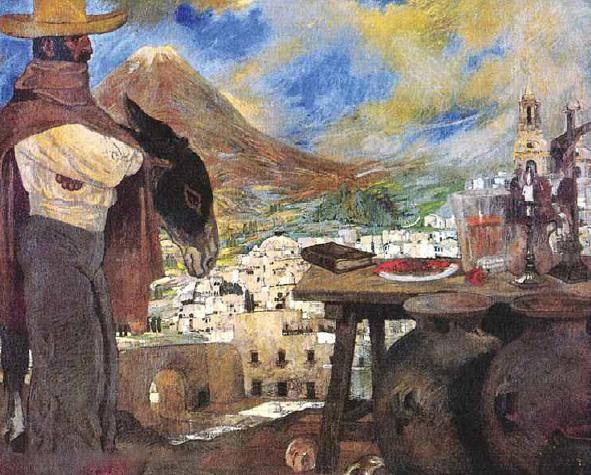
Jorge Vinatea Reinoso, also known as Reynoso was a Peruvian painter and caricaturist. He was known for his indigenismo art style, although he operated independently from the movement led by José Sabogal.
Born on April 22, 1900, into a modest family as the eighth child, Vinatea Reinoso’s artistic flair emerged early through the watercolor landscapes of his surroundings. His initial exhibition occurred at seventeen in Max T. Vargas’ photography studio. Moving to Lima the next year, he contributed caricatures to the magazine Sudamérica, alongside prominent figures like José Carlos Mariátegui and César Vallejo.
Enrolling in the Escuela Nacional Superior Autónoma de Bellas Artes, he studied under Daniel Hernández Morillo and Manuel Piqueras Cotolí. His innovative comic strip in 1922 introduced speech balloons to Peru. Vinatea Reinoso’s legacy includes impactful indigenista paintings, although his life was cut short by tuberculosis at the age of thirty-one.
Also Read: Puerto Rican Painters:7 Most Famous Artists From Puerto Rico
